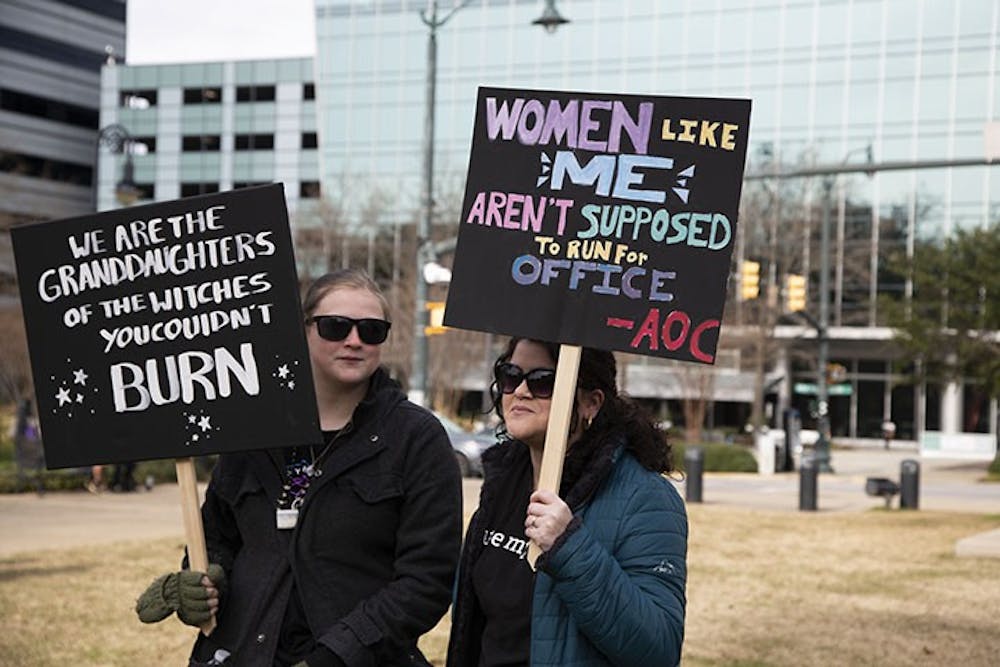Our perception of women’s suffrage should not be confined to the history and stories of white women.
While 2020 marks the 100th anniversary of the ratification of the 19th Amendment, the landmark date excludes women of color from the timeline of women’s suffrage. For women in South Carolina, this timeline is even blurrier.
While their sex could no longer impede women from voting after 1920, South Carolina only ratified the 19th Amendment in 1969, effectively prohibiting women from serving on juries for 50 years after allowing them to vote.
Four years later, in 1924, though indigenous people were granted citizenship, many states still barred them from voting. In 1926, a group of African American women were beaten by election officials to prevent the women from voting. Women’s suffrage is not solely about official legislation, but about the societal and legal enforcement of equality. The narrative of women’s rights should be inclusive of all who identify as female, regardless of race or sexual orientation.
So sure, celebrate the historic removal of one impediment to equality, but don’t become blind to the other obstructions that divide women’s history into factions of privilege.
The fight for the rights of both women and Black people was often occurring within the same timeline. Women like the Grimke sisters of South Carolina fought for both abolition and women’s rights. Elizabeth Cady Stanton and Susan B. Anthony paused their work for women’s rights during the civil war to focus on petitioning for a constitutional amendment to end slavery.
Specifically within the South, however, women’s suffrage was used to suppress the Black vote. For example, lawmakers in the 1890s sought to legally prohibit Black men from voting. Because the 14th Amendment made this action difficult, suffragists argued that allowing white women to vote would drown out the Black vote and effectively restore white supremacy.
The fight for women’s rights and feminism was complicit in the perpetuation of the systemic racism that still affects our world today.
The language used to describe women’s history gives the impression that rights for white women are rights for all women. Women of color must be “othered,” represented in a separate narrative outside of this established timeline of “women’s suffrage,” discrediting the intersection of race and womanhood. While distinctions between racial discrimination and gender discrimination should be made, these issues should not be perceived as biases independent of each other, especially when these prejudices overlap for so many people.
Only after the 1965 Voting Rights Act were Black women able to wholly claim the same suffrage that we celebrate. The act enforced the 15th Amendment and worked against disenfranchisement and intentionally discriminatory legislation.
However, in 2013, part of this act was struck down. According to this act, states and localities need permission from the federal government before making changes to their voting laws. This “preclearance” was intended to prevent racially motivated disenfranchisement. Section 4 of the act, the part of the law that determined which states and localities were subjected to preclearance, was deemed unconstitutional on the grounds that states have the right to regulate elections.
Pay attention to the election this year. The fight against voter disenfranchisement is not over. Most importantly, use the right that was so laboriously demanded: vote.

